Home>Home Appliances>Laundry Appliances>Who Made The First Washing Machine
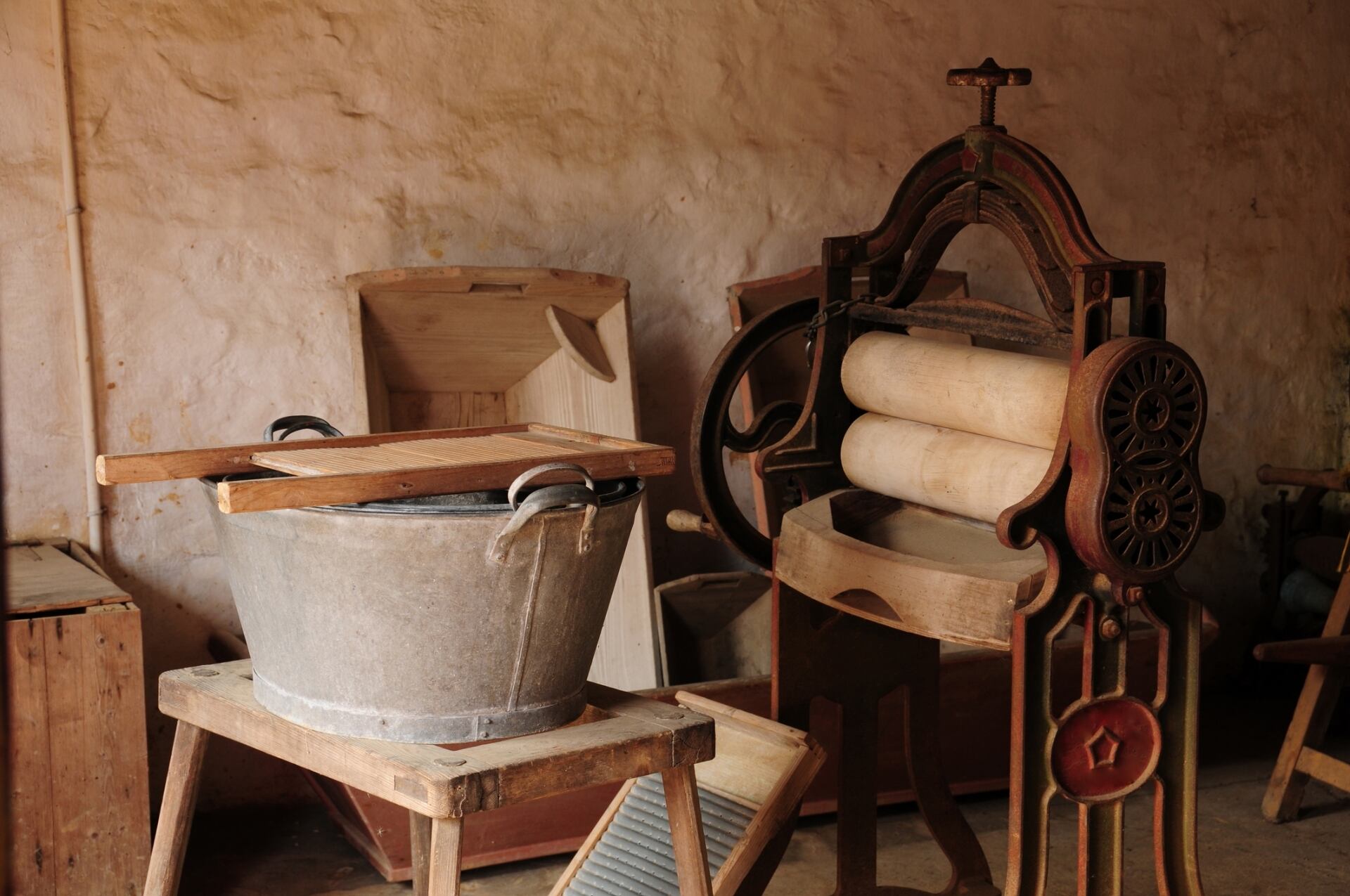

Laundry Appliances
Who Made The First Washing Machine
Modified: February 29, 2024
Discover the history of laundry appliances and learn about the invention of the first washing machine. Find out who made the first washing machine and how it revolutionized laundry practices. Explore the evolution of laundry appliances and their impact on modern households.
(Many of the links in this article redirect to a specific reviewed product. Your purchase of these products through affiliate links helps to generate commission for Storables.com, at no extra cost. Learn more)
The Invention of the Washing Machine
The invention of the washing machine revolutionized the way people approached laundry, making the arduous task of washing clothes significantly more manageable. The journey of the washing machine began centuries ago, with humans constantly seeking ways to simplify and streamline the process of cleaning garments.
In ancient times, laundry was a labor-intensive chore that involved scrubbing clothes against rocks or washing them in streams. As societies evolved, so did the methods for cleaning clothes. The concept of mechanized laundry gradually took shape, driven by the desire to alleviate the physical strain associated with washing garments by hand.
Early inventors and innovators experimented with various mechanisms to mechanize the laundry process. These attempts ranged from hand-cranked wooden drums to devices powered by waterwheels. While these early contraptions represented significant strides in laundry technology, they were often labor-intensive and lacked the efficiency that modern washing machines offer.
The turning point in the history of washing machines came in the 18th century when the Industrial Revolution spurred remarkable advancements in technology. This period witnessed the emergence of mechanical innovations that would lay the groundwork for the modern washing machine.
In the 18th century, the invention of the scrub board, a corrugated washboard used to rub clothes, marked a significant leap forward in laundry technology. This simple yet effective tool made the process of washing clothes more efficient and less physically demanding.
The 19th century saw the birth of the first true washing machines. These early models were typically hand-cranked and featured wooden or metal drums for washing clothes. While they represented a substantial improvement over manual washing, they were still far from the automated, electricity-powered appliances we are familiar with today.
The relentless pursuit of a more convenient and effective laundry solution culminated in the 20th century with the introduction of electric-powered washing machines. This breakthrough innovation transformed the way households approached laundry, offering unparalleled convenience and efficiency.
The evolution of the washing machine is a testament to human ingenuity and the desire to simplify everyday tasks. From humble beginnings as hand-cranked contraptions to the sophisticated, feature-rich appliances of today, the washing machine has come a long way, forever changing the landscape of laundry.
Key Takeaways:
- The washing machine has a long history, evolving from ancient methods to the electric-powered appliances we use today, making laundry easier and more efficient.
- The first patent for a washing machine was granted in the 18th century, marking a significant milestone in laundry technology and inspiring further innovations.
Read more: Who Makes Electrolux Washer And Dryer
Early Attempts at Mechanized Laundry
The quest to mechanize the laborious task of laundry has a rich history dating back centuries. Early attempts at mechanized laundry were driven by the desire to alleviate the physical strain and time-consuming nature of hand-washing clothes. Throughout history, various ingenious contraptions and methods were developed in an effort to streamline the laundry process.
One of the earliest recorded attempts at mechanized laundry can be traced back to ancient civilizations, where people utilized the natural force of flowing water to aid in washing clothes. Garments were often submerged in streams or rivers, allowing the current to carry away dirt and grime. This rudimentary method marked the initial foray into mechanized laundry, harnessing the power of nature to facilitate the cleaning of clothes.
As societies progressed, so did the methods for mechanized laundry. In the Middle Ages, the use of hand-cranked wooden drums emerged as a popular method for washing clothes. These early contraptions, operated by hand, represented a significant advancement in laundry technology, offering a more efficient alternative to manual scrubbing.
The Industrial Revolution in the 18th century brought about remarkable advancements in technology, spurring the development of more sophisticated mechanisms for mechanized laundry. Water-powered washing machines, driven by the force of waterwheels, began to emerge during this period, marking a significant leap forward in laundry technology.
The 19th century witnessed the introduction of the scrub board, a simple yet effective tool that revolutionized the laundry process. The corrugated washboard allowed users to rub clothes against its ridged surface, significantly improving the efficiency of washing garments. This innovation represented a pivotal moment in the evolution of mechanized laundry, setting the stage for further advancements.
Innovators and inventors continued to refine and expand upon early mechanized laundry methods, leading to the development of hand-cranked washing machines with wooden or metal drums. While these early models were a far cry from the automated, electricity-powered washing machines of today, they laid the groundwork for the future of laundry technology.
The early attempts at mechanized laundry reflect humanity's enduring quest for innovation and efficiency. These pioneering efforts set the stage for the evolution of the modern washing machine, shaping the way we approach the timeless chore of laundry.
The first washing machine was invented by Jacob Christian Schäffer in 1767. He created a machine that used a hand-crank to agitate the clothes in soapy water.
The First Patent for a Washing Machine
The first patent for a washing machine marked a pivotal moment in the history of laundry technology, laying the foundation for the evolution of modern household appliances. The journey to obtain the first patent for a washing machine was a testament to human ingenuity and the relentless pursuit of innovation in simplifying everyday tasks.
The watershed moment in the development of washing machines came in the 18th century, during the Industrial Revolution, when inventors and engineers sought to mechanize the laborious task of laundry. It was during this period of remarkable technological advancement that the first patent for a washing machine was granted, signaling a significant leap forward in laundry technology.
The earliest documented patent for a washing machine dates back to 1797, when Nathaniel Briggs, an American inventor, was awarded the first official patent for a washing machine. Briggs' pioneering design featured a wooden tub with a hand-operated paddle mechanism, which agitated the clothes to facilitate the washing process. This innovative contraption represented a groundbreaking advancement in laundry technology, offering a more efficient and less physically demanding alternative to manual washing.
Briggs' patented washing machine laid the groundwork for subsequent innovations in laundry technology, inspiring a wave of creativity and ingenuity among inventors and engineers. The granting of this historic patent marked the formal recognition of the washing machine as a significant technological advancement, setting the stage for further advancements in the years to come.
The impact of the first patent for a washing machine reverberated across generations, shaping the trajectory of laundry technology and revolutionizing the way households approached the task of cleaning clothes. This milestone not only propelled the evolution of washing machines but also underscored the enduring human quest for convenience and efficiency in everyday life.
The first patent for a washing machine stands as a testament to the power of innovation and serves as a cornerstone in the history of household appliances. It represents a defining moment in the ongoing quest to simplify and streamline domestic chores, leaving an indelible mark on the evolution of laundry technology.
The granting of the first patent for a washing machine marked the beginning of a new era in laundry technology, paving the way for the development of the sophisticated, feature-rich washing machines that have become indispensable fixtures in modern households.
Innovations in Washing Machine Design
The evolution of washing machine design has been characterized by a series of groundbreaking innovations that have redefined the capabilities and efficiency of these essential household appliances. From the early hand-cranked models to the sophisticated, feature-rich machines of today, the journey of washing machine design has been marked by a relentless pursuit of convenience, performance, and sustainability.
One of the most significant innovations in washing machine design came with the introduction of electric-powered models in the early 20th century. This transformative advancement eliminated the need for manual operation, ushering in a new era of convenience and efficiency in laundry technology. Electric washing machines revolutionized the way households approached laundry, offering automated washing cycles and greater control over the cleaning process.
The advent of automatic washing machines represented another pivotal leap in design innovation. These advanced appliances featured programmable settings, allowing users to select specific wash cycles and water temperatures tailored to different types of fabrics. The introduction of automatic washing machines streamlined the laundry process, providing unparalleled convenience and customization options for users.
In recent years, the integration of smart technology has revolutionized washing machine design, giving rise to a new generation of connected appliances. Smart washing machines are equipped with advanced sensors and Wi-Fi connectivity, enabling remote monitoring and control via smartphone apps. This innovative integration of technology has elevated user convenience to new heights, allowing for seamless management of laundry tasks from anywhere.
Furthermore, the emphasis on sustainability and energy efficiency has driven significant innovations in washing machine design. The development of eco-friendly features, such as low water consumption and energy-saving modes, reflects a commitment to reducing environmental impact while delivering exceptional performance. These eco-conscious design innovations align with the growing demand for sustainable household appliances that prioritize resource conservation.
Additionally, the evolution of washing machine design has seen the integration of advanced cleaning technologies, such as steam and allergen removal cycles. These innovative features cater to the diverse needs of users, providing enhanced cleaning capabilities for delicate fabrics and allergen-sensitive individuals.
The ongoing pursuit of innovation in washing machine design continues to shape the future of laundry technology, with a focus on enhancing user experience, sustainability, and performance. As technology advances and consumer needs evolve, washing machine design will undoubtedly undergo further transformative innovations, ensuring that these essential appliances remain at the forefront of modern household living.
Frequently Asked Questions about Who Made The First Washing Machine
Was this page helpful?
At Storables.com, we guarantee accurate and reliable information. Our content, validated by Expert Board Contributors, is crafted following stringent Editorial Policies. We're committed to providing you with well-researched, expert-backed insights for all your informational needs.
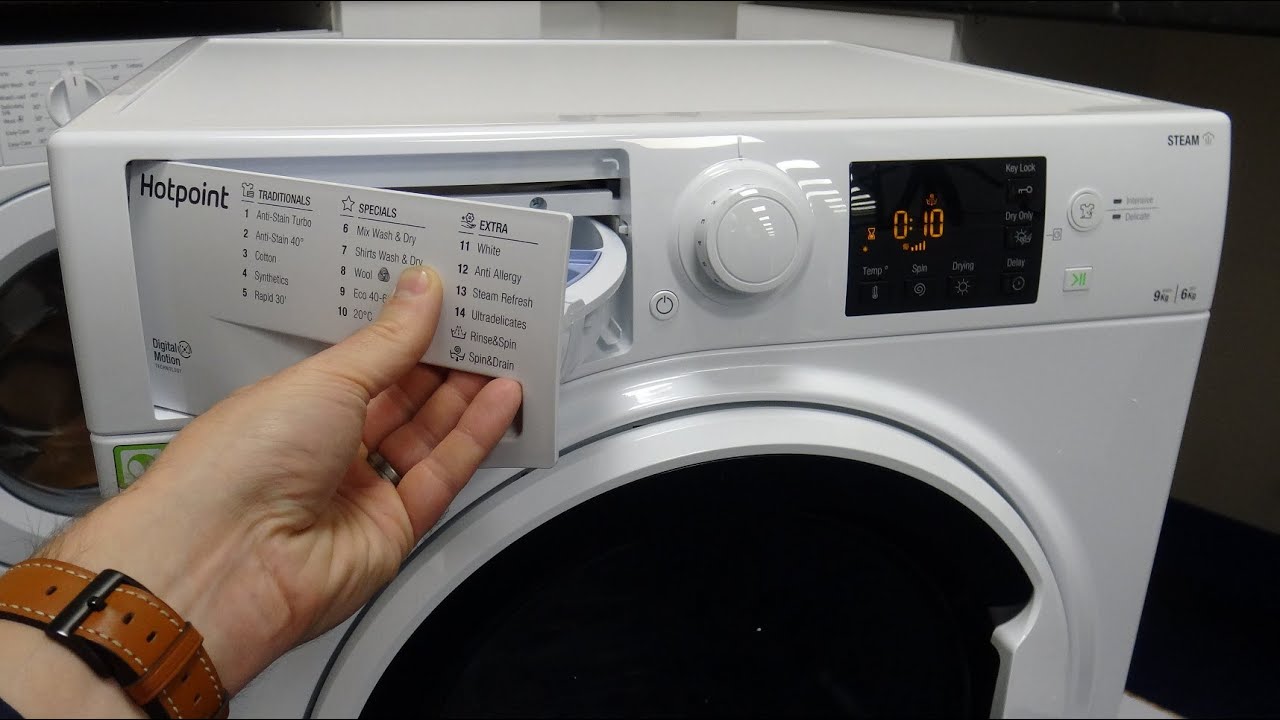
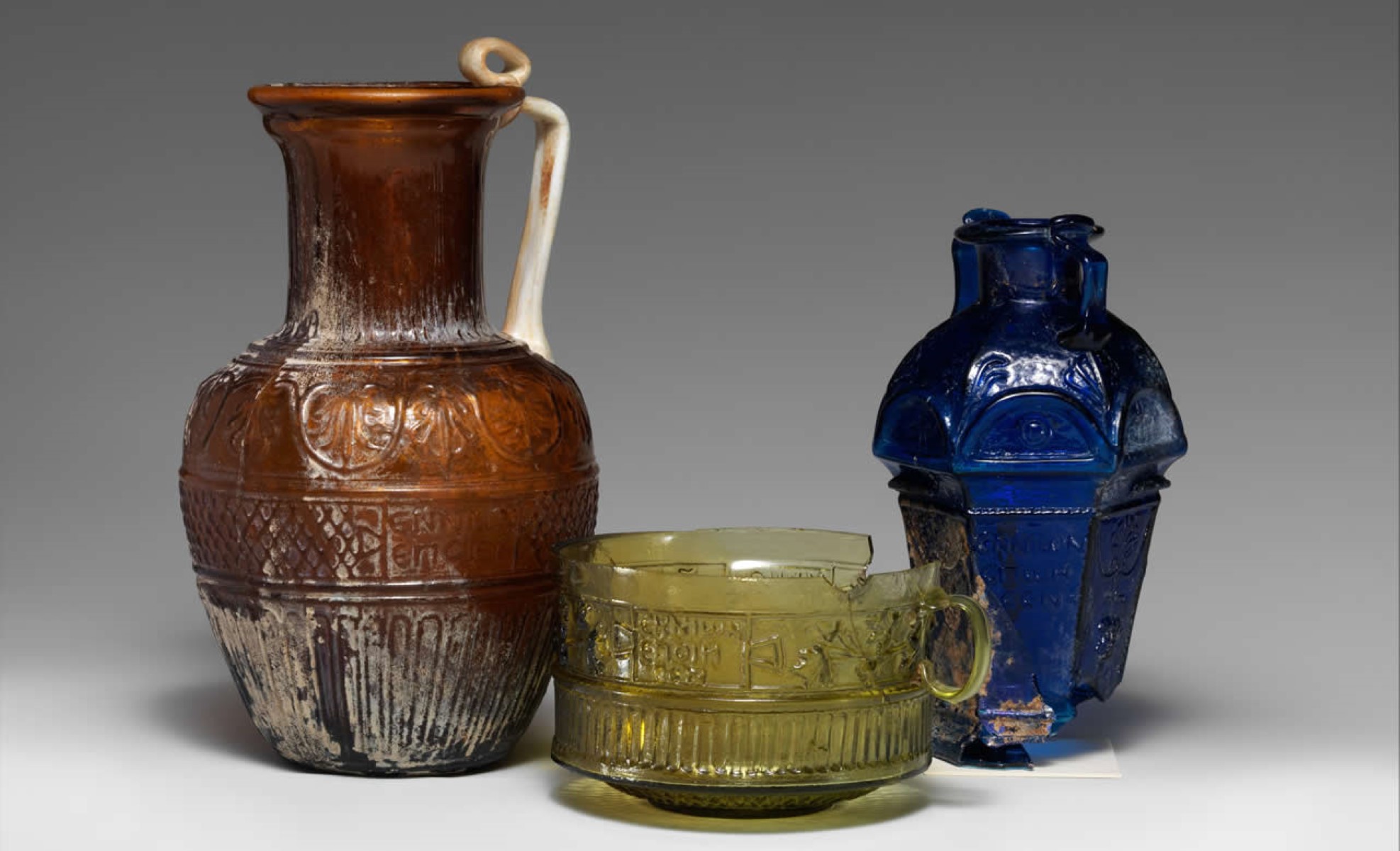
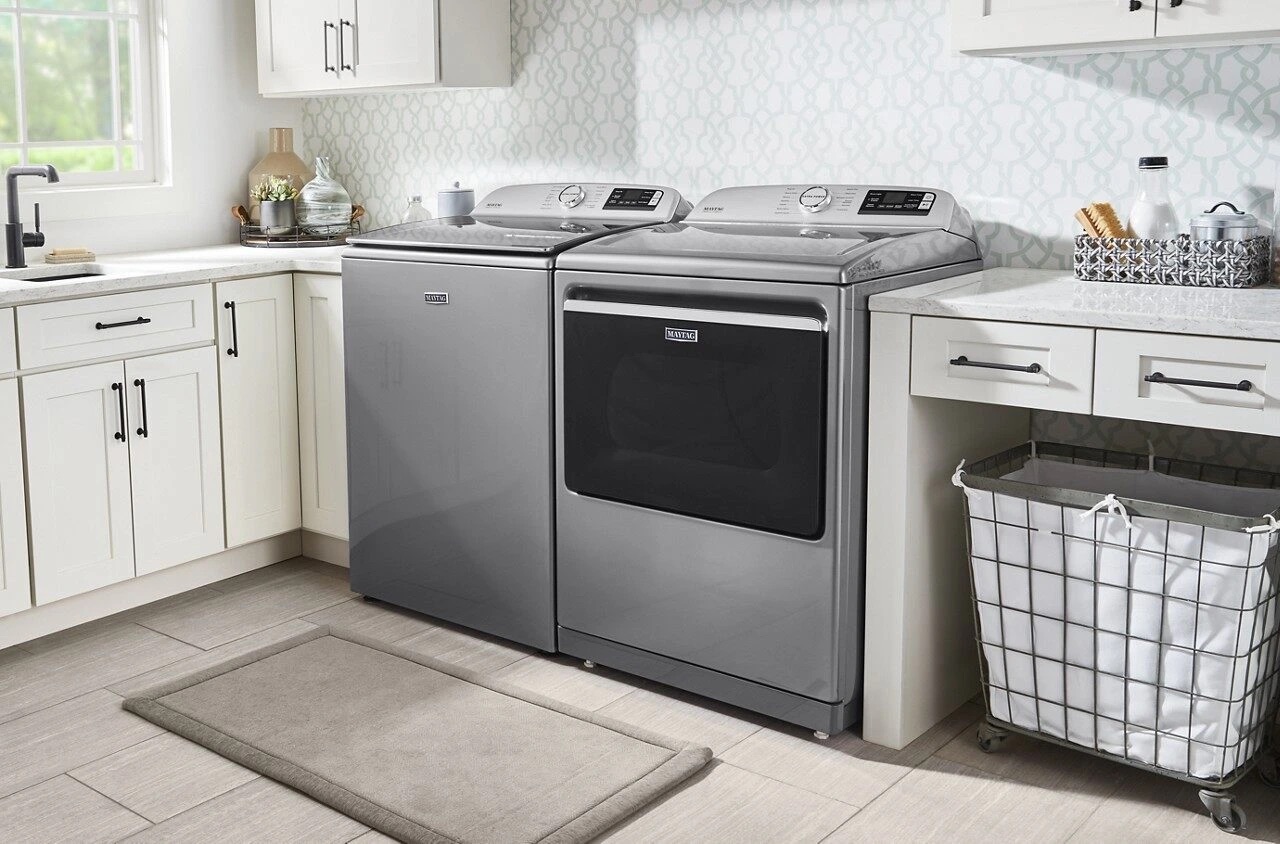
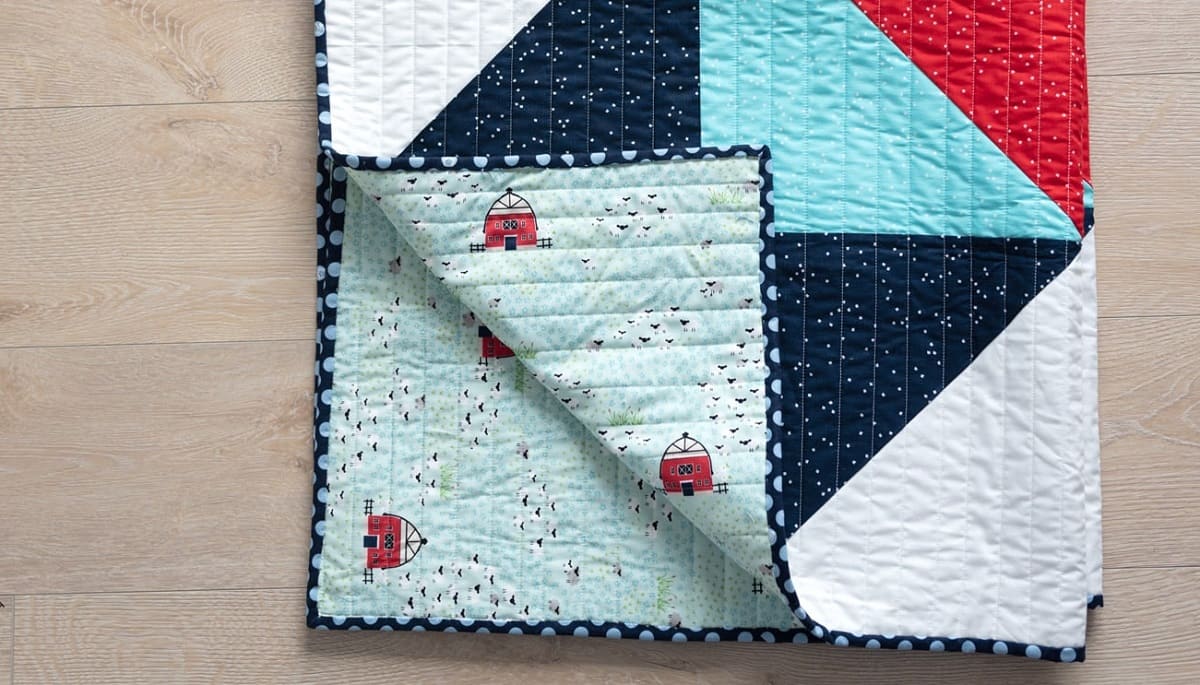
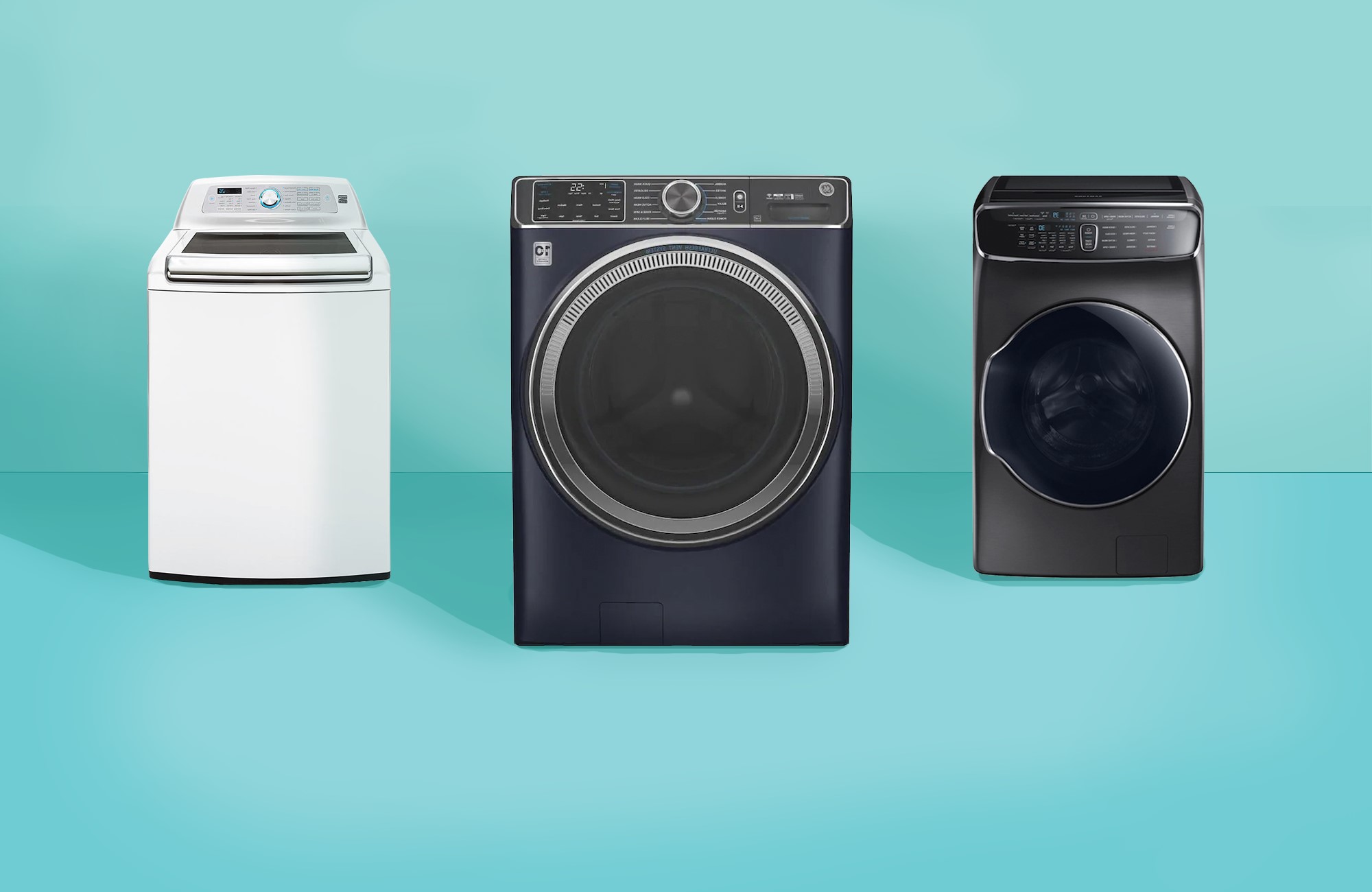
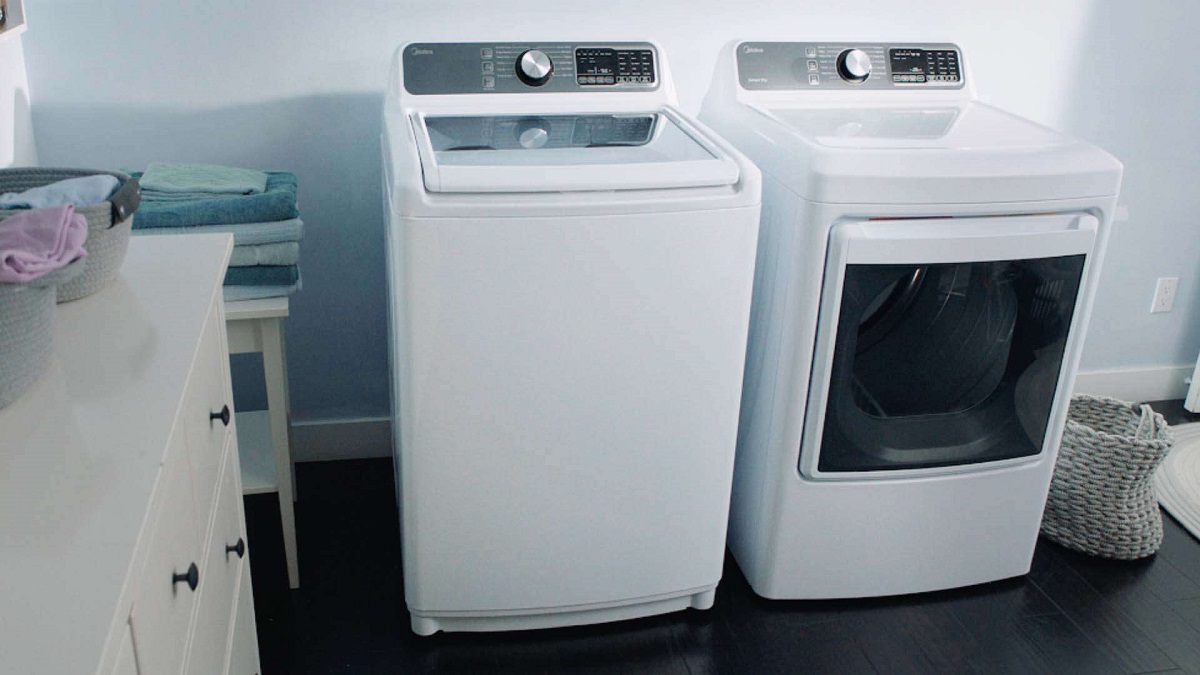
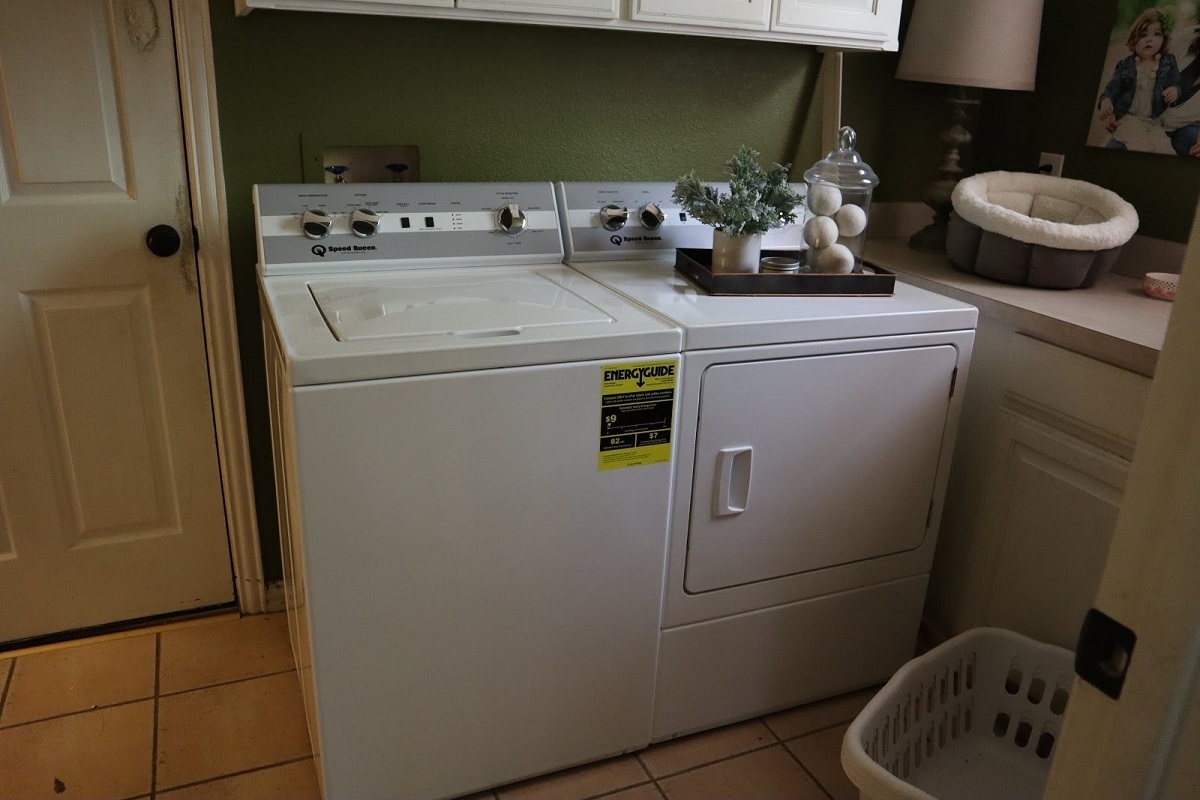
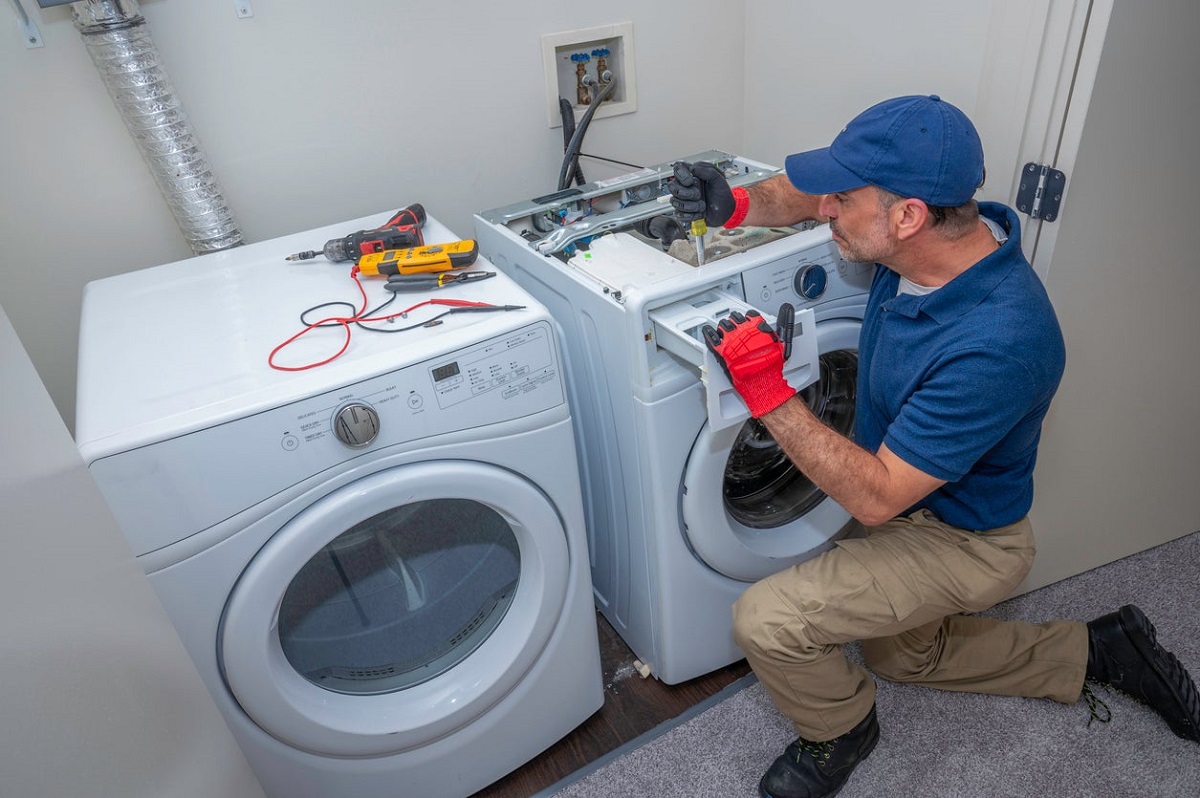
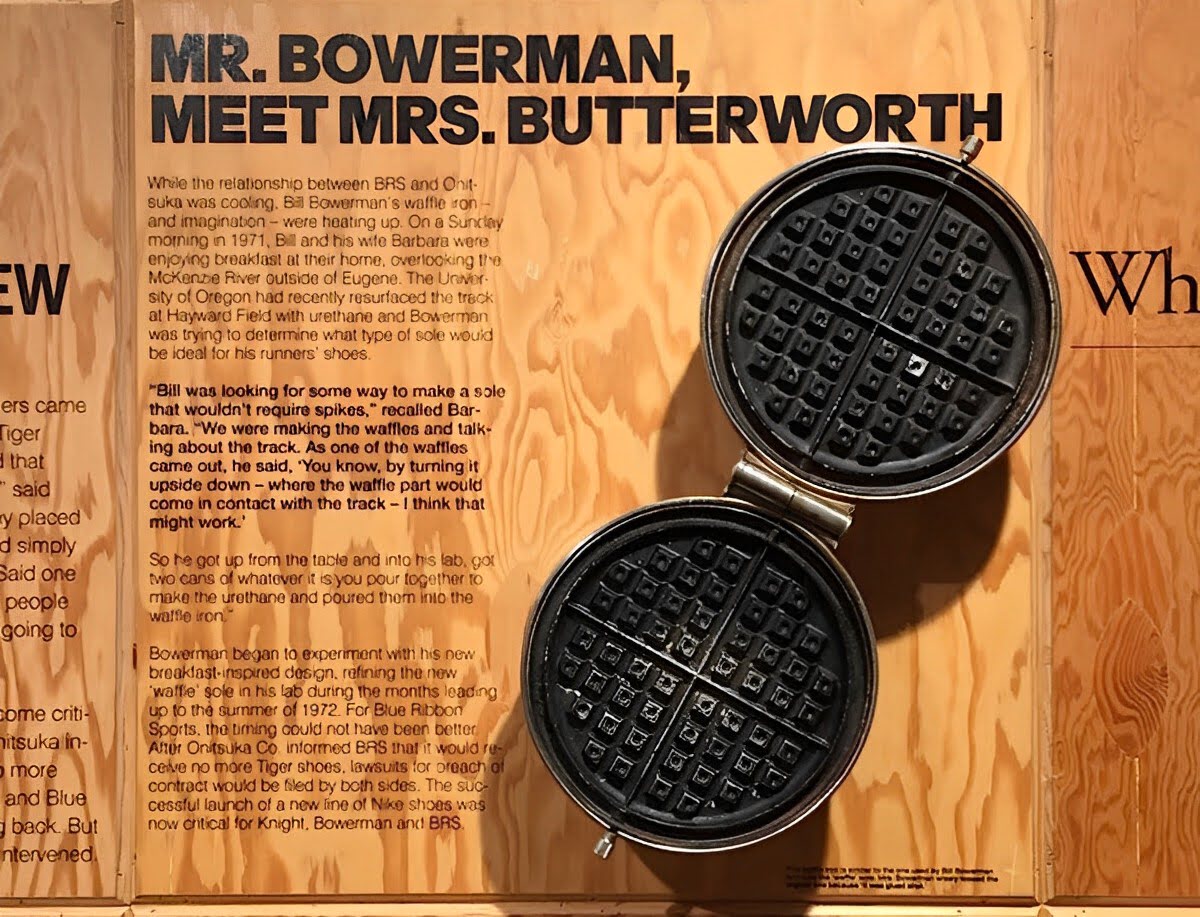
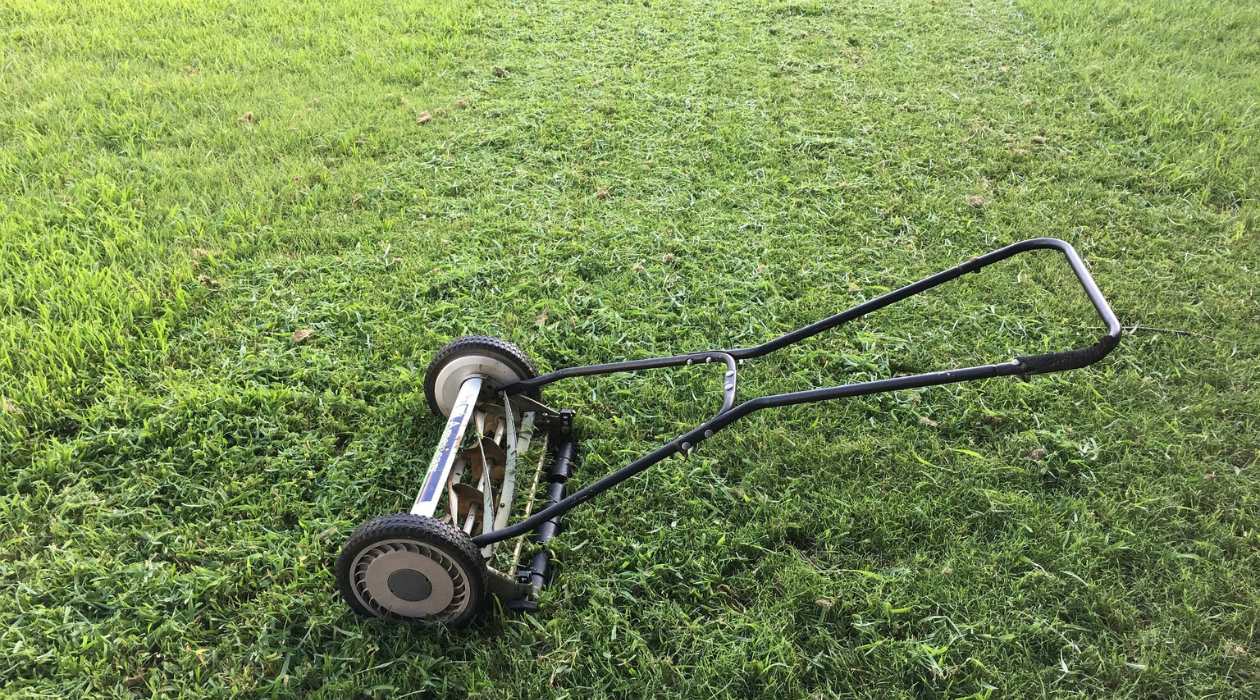
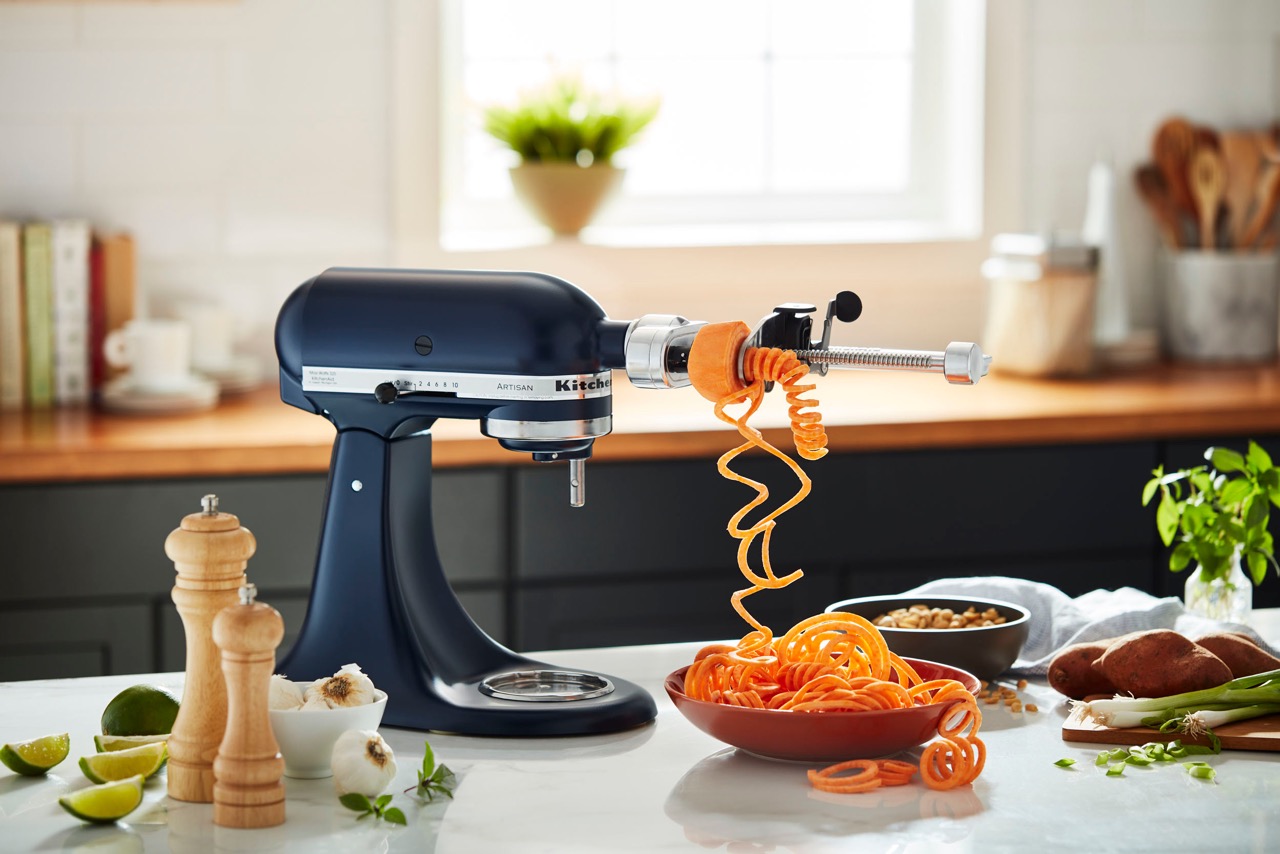
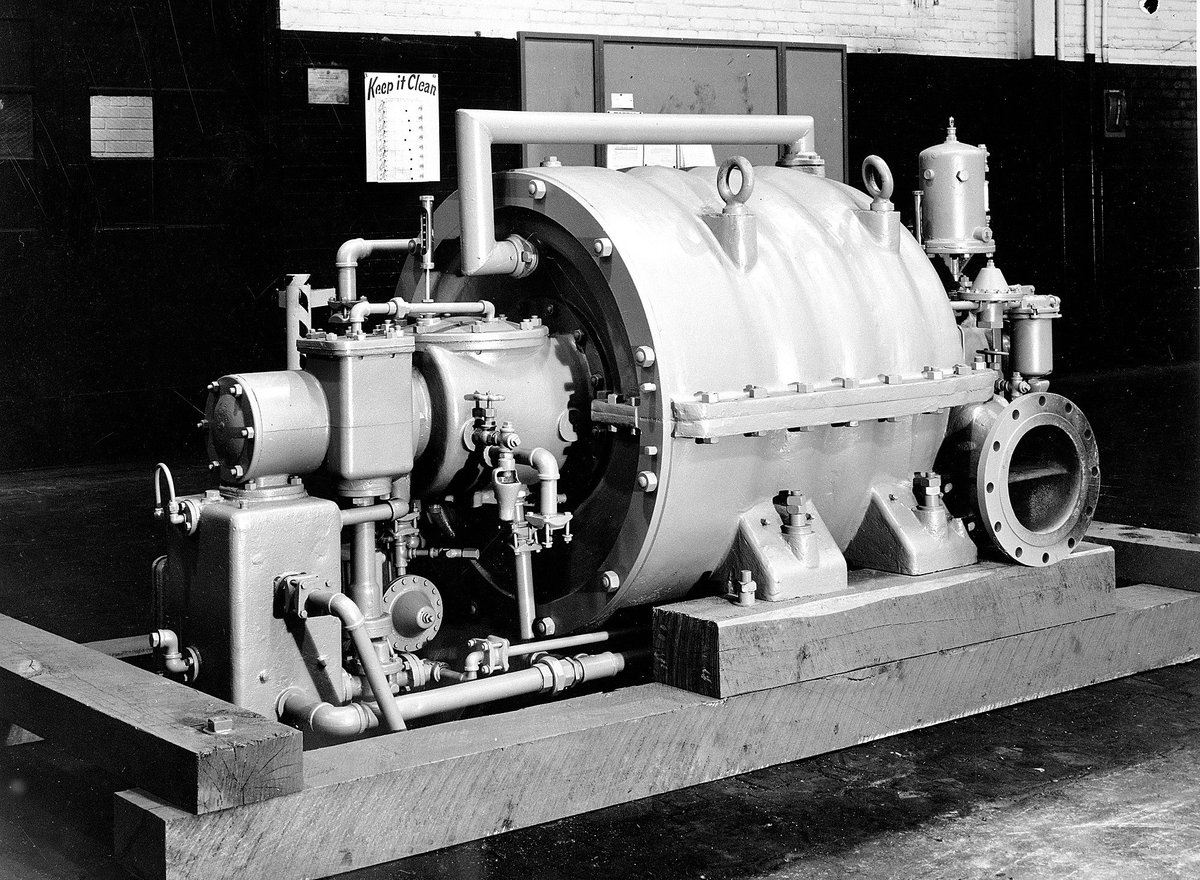


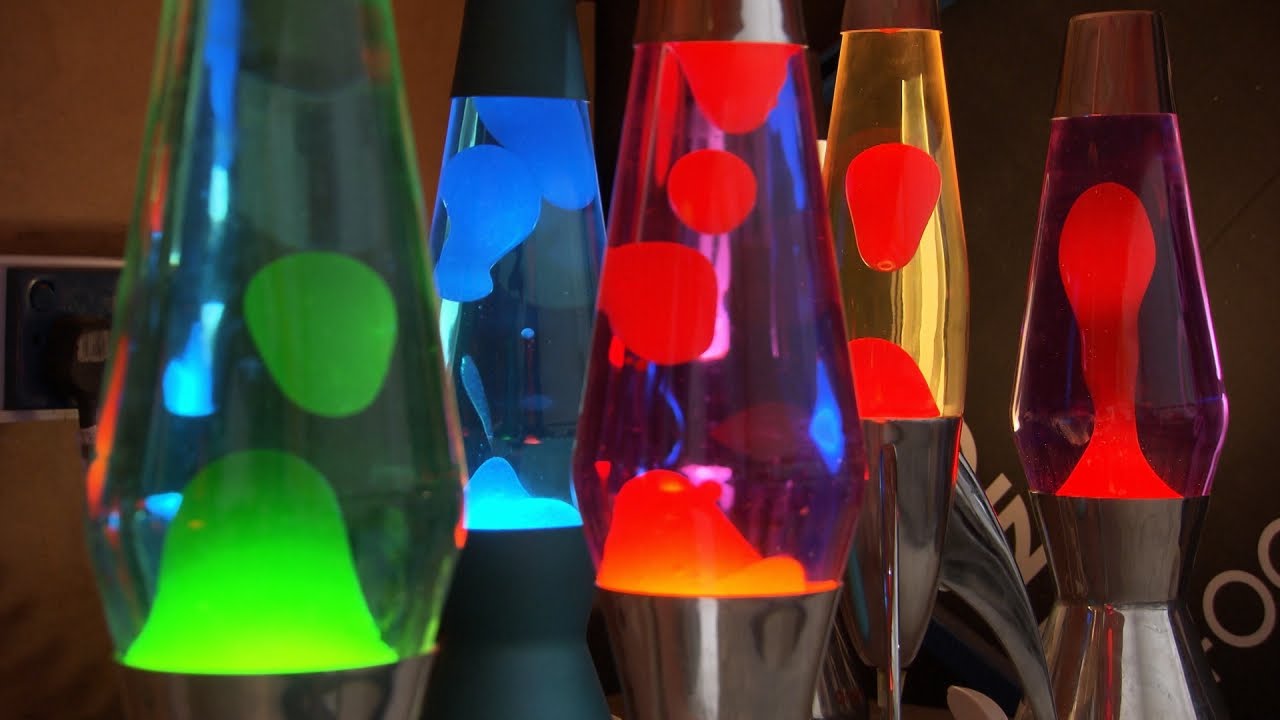

0 thoughts on “Who Made The First Washing Machine”